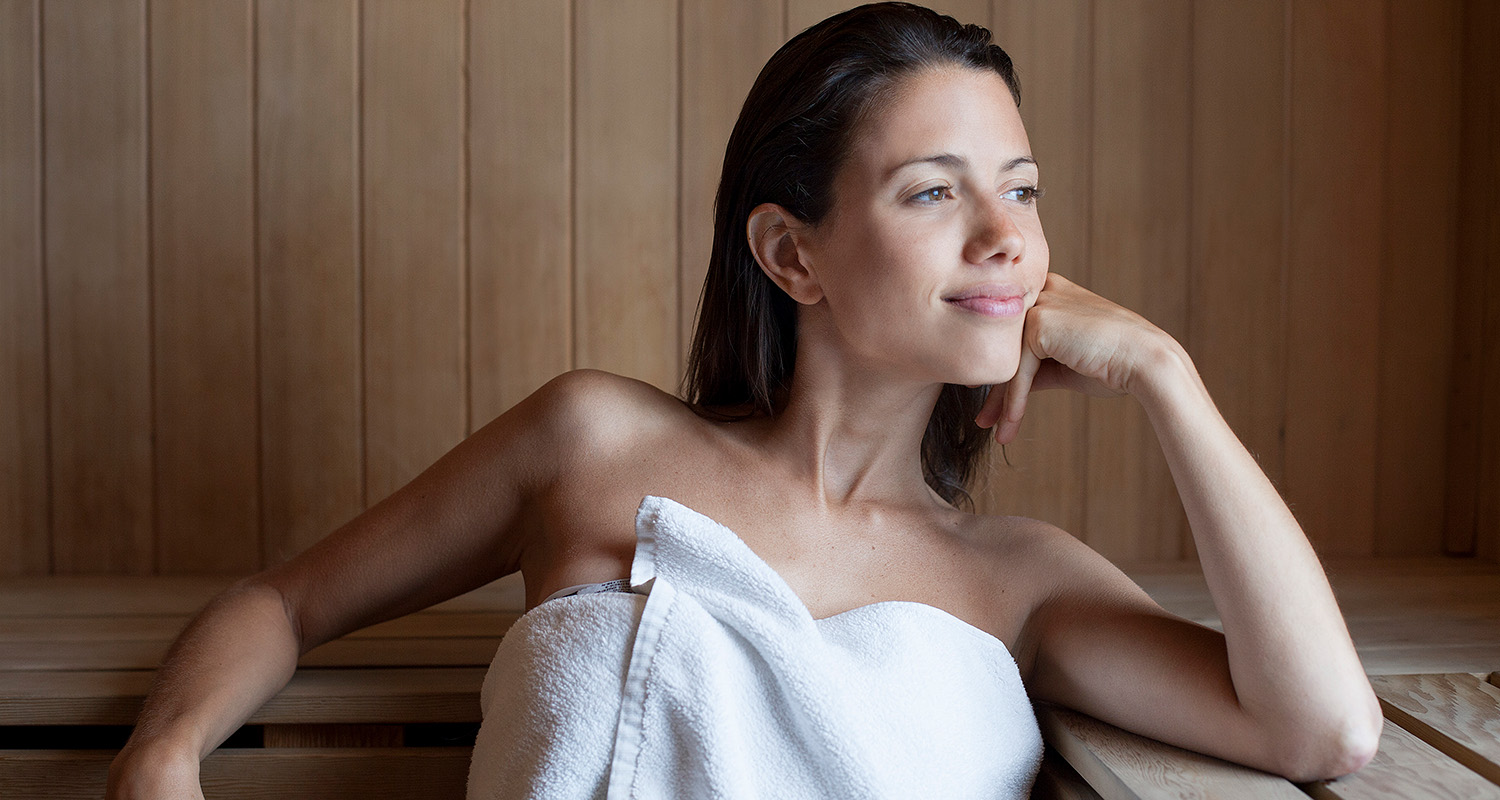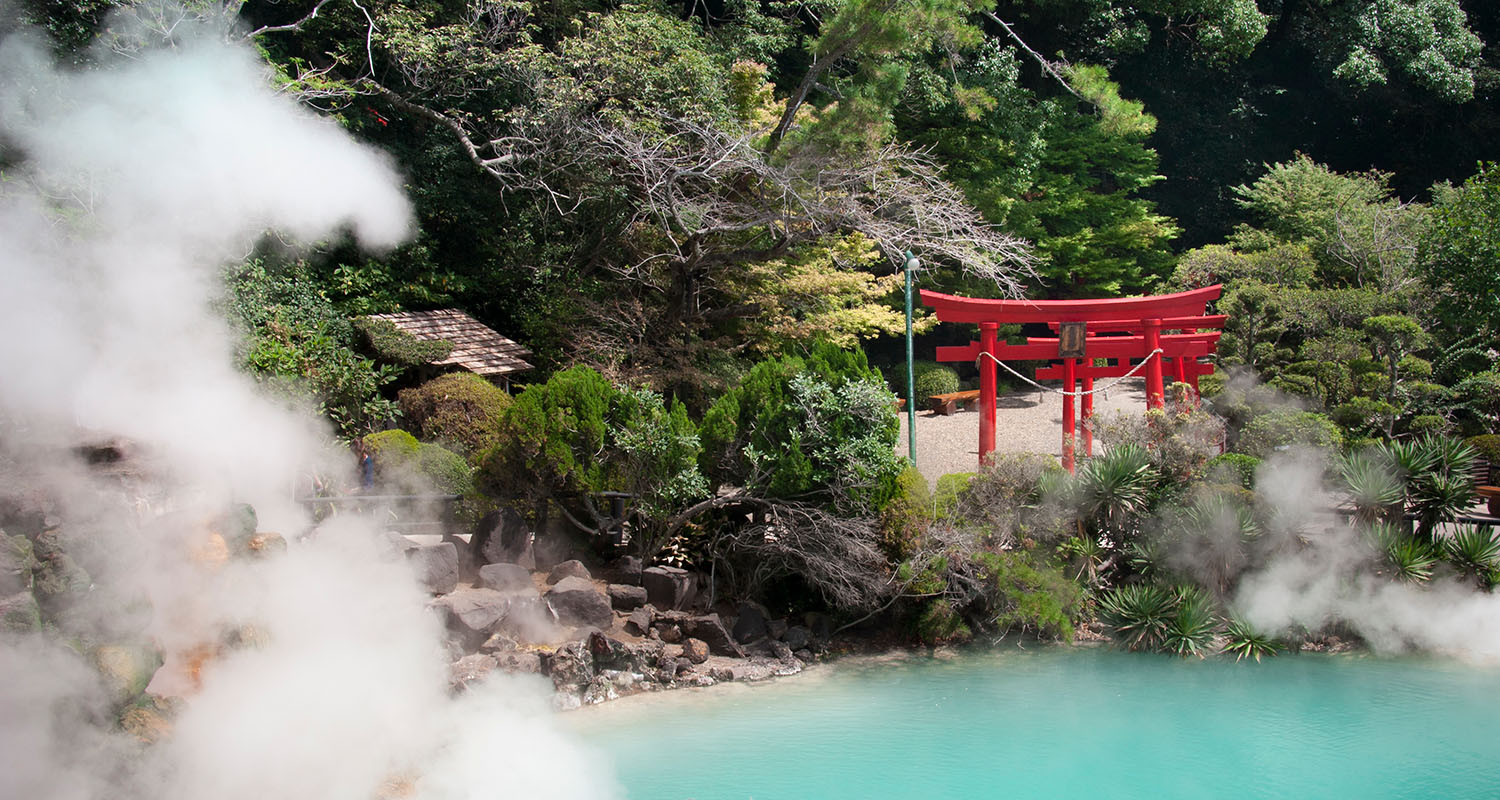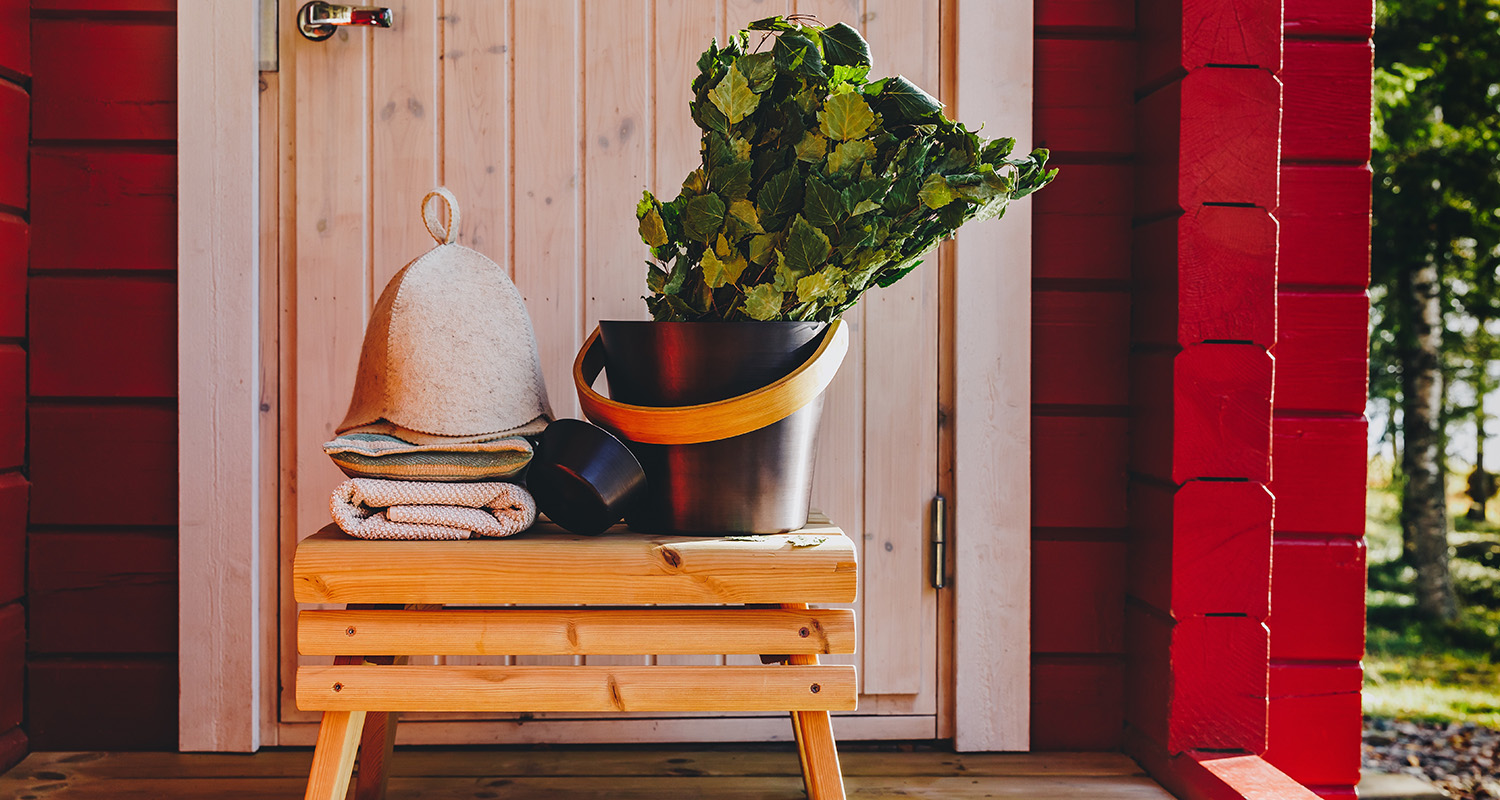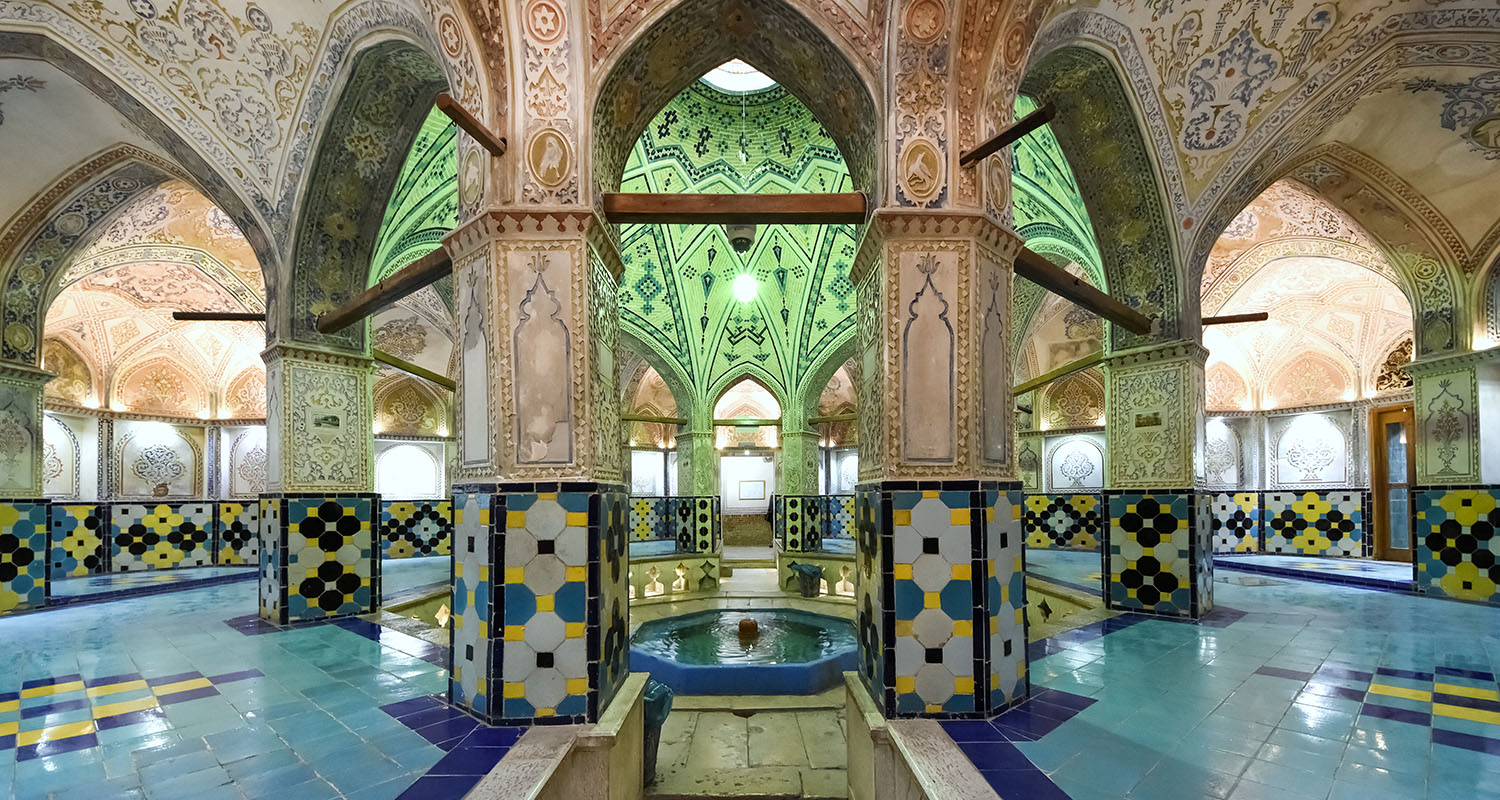
World of Wellness
A spa etiquette guide from Helsinki to Tokyo: What's the right thing to do at a spa in which country?
24 November 2021
Other countries, other (wellness) customs: In Japan, a visit to a hot spring ("onsen") may be preceded by a body shave, Indians swear by oily Ayurvedic head massages, while Russians also like to meet friends or conduct business in the banya. Moreover, even in hot hours they rarely forget their favourite banya utensil: the sauna hat. The Americans, on the other hand, love it esoteric, the Scandinavians painful; permissiveness is not in demand everywhere. It was to be expected that the wellness sector is not the same all over the world, but that different customs and traditions prevail. However, there is a whole series of highly interesting, amusing and sometimes bizarre customs. These findings are extremely helpful for planned wellness applications around the globe. After all, wellness should serve the well-being and relaxation - and provide the user with relaxed moments without embarrassing faux pas and unconscious violations of the law.
Japan
Ubiquitous "onsen" - and a special manicure
In the land of the rising sun, onsen - hot springs that have been converted into bathing places including houses - are part of the typical landscape. There are more than 2,000 onsen in Japan, so bathing in them is part of everyday culture and a typical way to relax after work. It is important to clean oneself thoroughly before immersing oneself in an onsen pool, as the valuable water, which comes from a volcanic spring, must not be contaminated. Accordingly, rules play a central role in this Far Eastern oasis of well-being: the rooms, which usually consist of an outdoor and indoor area with a respective pool, are planned and arranged according to strict harmonious guidelines, and only a traditional Japanese bathrobe, called a yukata, is allowed when in the bath. When bathing, it is necessary to undress, and baths for men and women are usually separate. In some onsen, body shaving is compulsory - the Japanese attach particular importance to hairless legs and armpits. Unfortunately, tattooed people have bad luck. Wearers of this body art are forbidden to enter many onsen, because in Japan tattoos are associated with criminality and the Yakuza, the Japanese mafia. Because a visit to an onsen also has health benefits (except for people with cardiovascular disease!) and, depending on the mineral composition, can also cure illnesses, it is also very popular with tourists. Japanese manicures are also very popular - and have been for a long time beyond the country's borders. This method, which is currently experiencing worldwide hype, does not neglect the health of the nail bed in favour of aesthetics: the gentle type of manicure is done without chemicals without exception, instead the nails are polished in a special way to give them a perfect pink shimmer and a healthy look.

Russia
The banya is a philosophy of life
First of all, what Central Europeans think of as a sauna is called a banya in Russia and neighbouring countries such as Estonia, but of course there are cultural differences. The banya has a very long tradition and an exceptionally high value. While the urban population visits public banya's in conurbations, the rural population often has its own wooden banya in the garden. A banya, which has long since become an important part of Russian tradition, is a Russian steam bath similar to a Finnish sauna and a traditional Russian bathhouse. One of the most important differences to the European sauna is the significantly higher humidity in banya, which in this respect is more similar to a hamam than a Finnish sauna. For the Russians and in the surrounding countries, however, a visit to a banya serves much more than just relaxation: it is a philosophy of life and an important social ritual. It is a matter of maintaining social contacts, and it can happen that business deals are signed off in the banya. In many places there is also a "Banja Saturday" or "Banja Sunday", when family members or friends meet for a common banja visit. The psychological aspect should not remain unmentioned: everything should be brought into harmony here. "A banya cleanses body and soul", with this sentence the Russians describe a stay in their popular steam bath. Interesting is also the use of the so-called Wenik ("broom", "birch rod"), which has an enormous meaning for banya-goers. While the Scandinavians usually maltreat themselves with real birch rods, in Russia it is broom-like tools. The wenik is also used to tap the body and stimulate the blood circulation, thus creating a feeling of relaxation. But don't worry: beating with fresh or well-soaked weniks is painless, even pleasant. Another trademark that also exists in Finland are sauna hats, which Russians are only too happy to wear. They come in all designs and materials, but are mainly made of felt. They have an important protective function for the ears and head.

Finland
The home of the sauna
Finland is known as the land of a thousand lakes and the home of the sauna. What is considered a luxurious wellness extra in Central Europe is a fundamental part of the entire culture in the Scandinavian country. At one time even babies were born in saunas, as the sauna was the only place where there was warm water, and even today it is common for parents to visit the sauna with their children at an early age. The classic sauna in Finland is located in a separate small wooden house, preferably near a body of water. There are definitely saunas on every corner in Finland - in fact, there are fewer than three Finns for every sauna. The northerners, like the Russians, also like to meet in the sauna, whether for a family celebration or a business meeting. There is even a special guest book for the sauna, called Saunahkirja, in which guests leave anecdotes or thank-you notes. It is also common in Finland to bring birch branches to the sauna: to increase the effect of sweating, they pat their skin with birch rods during the sauna session. Alcohol in the sauna is also not uncommon here. Typical for the Finnish sauna, however, are the high temperatures: Traditionally, people sweat at 85 to 110 (!) degrees and very low humidity. Through the water infusions, which must not be missing, the humidity is increased, which in turn stimulates sweating. Cooling down, one of the most important elements of sauna bathing, the Finns prefer to find in the nearby lake - of which there are plenty to choose from in the land of a thousand lakes.
Turkey
Oriental bathing culture: Hamam
The Hamam is an integral part of the Islamic bathing and wellness culture. Both men and women visit the Turkish bath, whose tradition goes far back into the Byzantine Empire. The focus of this bathing culture is relaxation through steam and a subsequent massage with soap lather. By the way, the word comes from the Arabic, "hamma" means "to heat up, to heat up". However, its purpose has changed over time: While the Turkish bath today is mainly for relaxation, a visit to a hamam used to be an important part of social life. People even met here for festivities such as weddings. The temperature is interesting: it "only" reaches about 50 degrees. But the humidity is high, even around 100 percent - perhaps one reason why the benches are not made of wood but of stone, often marble. In order to acclimatize, one starts in the least heated area of the hamam and is then soaped, rubbed, massaged and depilated by the staff (women by female, men by male) in the middle.


This article appeared in the Falstaff TRAVEL issue SPA Special 2021.

